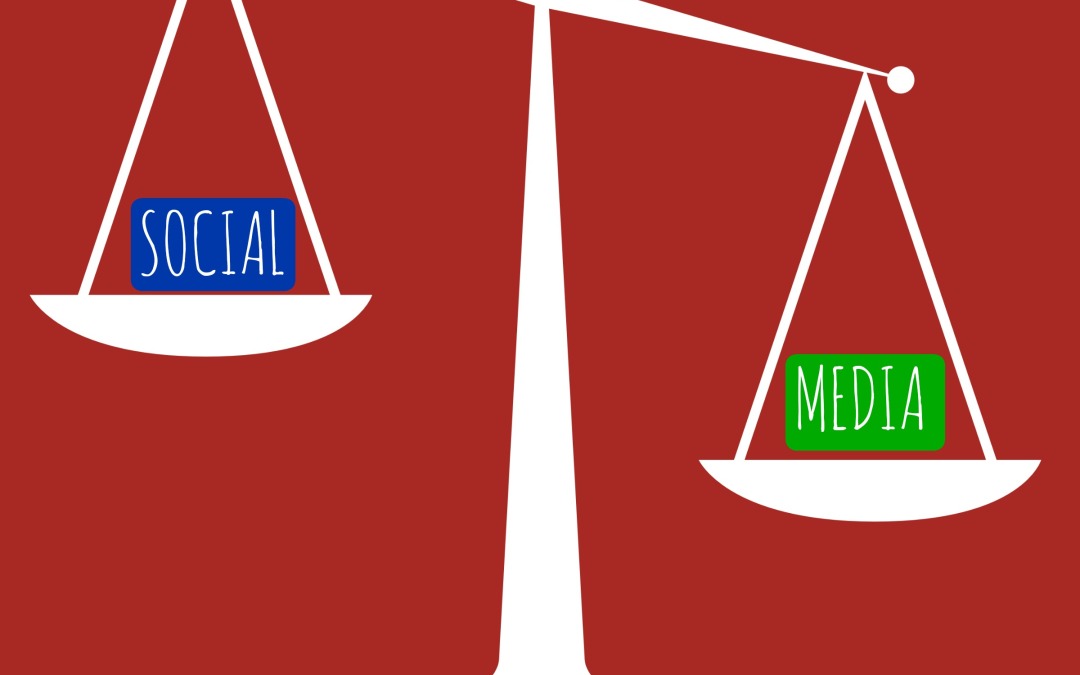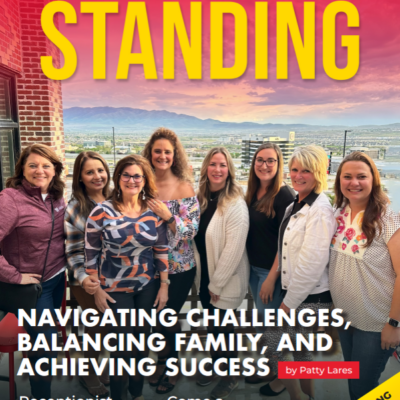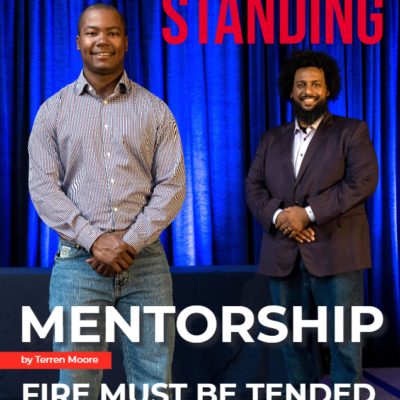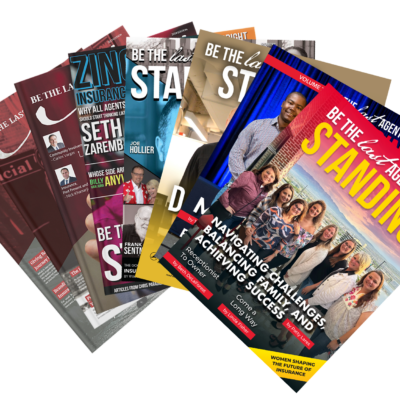Many agency owners are still trying to determine the success and influence social media has had on their overall return on investment. Most arrive at the same questions- is social media is a waste of time? Should they put more effort and initiative into another marketing activity? These are two very common questions. I usually respond by starting to say you won’t know how much of an impact your social media campaigns have had on the overall success of your marketing if you are not actively measuring and tracking your efforts. Before you think about halting your social media marketing campaign, there are several key performance indicators I would recommend that you look at and determine the reach and social engagement of your agency in order to measure your success. The only way you will be able to tell if your agency has a positive ROI is with the proper social media strategy and with the proper measurement. Let’s talk about what the key performance indicators are for your agency and how they should be tracked in order to identify areas within your strategy that may need improvement.
First and foremost you cannot just set up a social media marketing campaign and then forget about it. You continuously need to measure its effectiveness and make changes within your strategy where necessary. Before you think about ending your social media marketing within your agency, first you should check to ensure you’re effectively reaching the right audience at the right time. Your Agency’s Social Media Reach :
1) Number of Followers along with the number of Fans— since your agency started actively engaging in the world of social media, whether it’s twitter, Pinterest, Facebook, LinkedIn or Google+, it’s important to track how many followers, fans, and likes you have collected. But one of the most important aspects is understanding how many connections you have made along with understanding if they fit within your agency’s audience. Let me give you a quick example about having the right audience: if you have a follower on Facebook who lives in your community and who you connect with and communicate with on a monthly basis, this person is a prospect who you can write insurance. Conversely, the wrong audience would be: a prospect who lives in another state that your agency cannot write insurance, or a person who is 16 years old and doesn’t have a drivers’ license. This specific example may not be the ideal audience, which can hinder your ROI but this audience could be good for your future branding because you just never know who is connected who in the social world. In order to have a positive ROI I recommend you know and understand your audience. Remember- sheer numbers of fans or followers does not mean you are having success you really need to take time and analyze who are in your social circles. But with that being said you are going to want to continue to grow your social circles because with growth comes opportunity.
2) Location and Demographics— have you ever taken the time to look at the demographics within your social circles? Wouldn’t you love to know the percentages of males versus females that are engaging with your agencies social media circles? My answer would be of course you would. If your agency would like to analyze some of your social media data, it can be easily available within your Facebook page insights or on your twitter analytics. The next question is- how do we do this? Well, it’s actually quite simple. All you have to do is login to your Twitter account and select “Twitter Ads” then you will have to log back into your account using your credentials. Another way you can access some of these demographics on twitter is by logging into ads.twitter.com, then entering in your agency’s account credentials then click on the analytics drop-down in the top of the navigation bar and select timeline activity. If your agency is not using twitter, let me explain to you how to gather this information through the use of Facebook. Facebook not only gathers the identity and gender of your audience, they go one step further and breakdown into age groups. A great question would be is your agency targeting the audience among the age group you are looking for? What you might find is that your agency is reaching a different age group and persona in the social world that you were previously targeting through that specific social media platform.
3) The number of active Followers— Remember just because you have 3000 fans does not mean those fans or followers are actively following you. Unfortunately, this happens more often than we may think. Active Fowlers would be considered someone who logged in and interacted with your agency page or social site within the past 45 days. No one really wants to interact with someone who never logs into their social count. A free tool for identifying individuals that are inactive is MangeFlitter. Your agency’s following should be made up of influential and relevant people actively engaged and interacting with your agency.
4) Shares and Likes— Are you wondering if your audience is engaged in your posts? Well, just look at the likes and/or the shares of your agency’s content. This is a good indicator of whether or not your content is relevant to your audience. If you’re finding no one will share your content or you are not getting attraction or likes on your social posts, there is a good chance you are not connected with the right audience. You and your social media engineer need to sit down and change your social strategy in a way to increase the reach of your social posts.
5) Comments on your Social Posts— Social media is a platform where agencies in their audiences should be having a two-way conversation. Comments are a way to keep the conversation going in that is what your agency is looking for. What I see very often is that agencies are making posts and prospects and/or clients are making comments but no one is responding back from the agency about the comment that was left on their post. This is like someone walking up to you and saying hello and you ignoring them. It is a must for you and your agency to respond to every single comment that may be left. Ignoring your audience will force them to ignore your posts.
6) Mentions— Within the world of twitter, mentions are a great way to communicate with your followers. It doesn’t just stop with twitter however. There are many social avenues that you can use mentions in such as Google +, LinkedIn, etc… Mentions can help you get your agency’s content out into the social world along with it being shared much easier than just posting it without having any mentions within the post. Once again if you like to track and understand how many mentions are out there in the social world this is readily available on your twitter analytics section.
7) Reshares/Retweets— Is anyone re-sharing or re-tweeting your agency’s posts? If not, you might want to reconsider changing your agency’s contact or its tone of voice. The more re-shares and retweets you have, the larger the reach of your content will have. Increasing the number of people who will see your content is key to having social success. Retweets are also an indication of what types of content and posts your audience likes to see from you. You might find within your social statistics quotes have more traction and reach than a simple generic tweet or share containing the title of your agency’s latest blog. One way you can increase your agency’s engagement is by ensuring that your content does not appear to be automated. Automated posts never get the traction or the following that natural posts acheive.
8) Traffic of your Agency’s Data— This may be one of your most important tracking devices for your agency. Look at the percentage of traffic that comes from social sites back to your agency’s website. You can easily identify this number if you’re using hotspot but there are many other areas in technology tools you can use to measure traffic such as Google analytics. If you’re getting very little traffic back to your agency website from your social media posts, then it’s time to review your content.
What I shared what you today are some key points to not only understanding who your agency audience is, but most importantly, trying to understand how we as owners should be measuring and tracking so that we can understand what our agency’s ROI is on our social media strategy.






Hey Chris, I see you have a twitter account, do you tweet all your new posts?